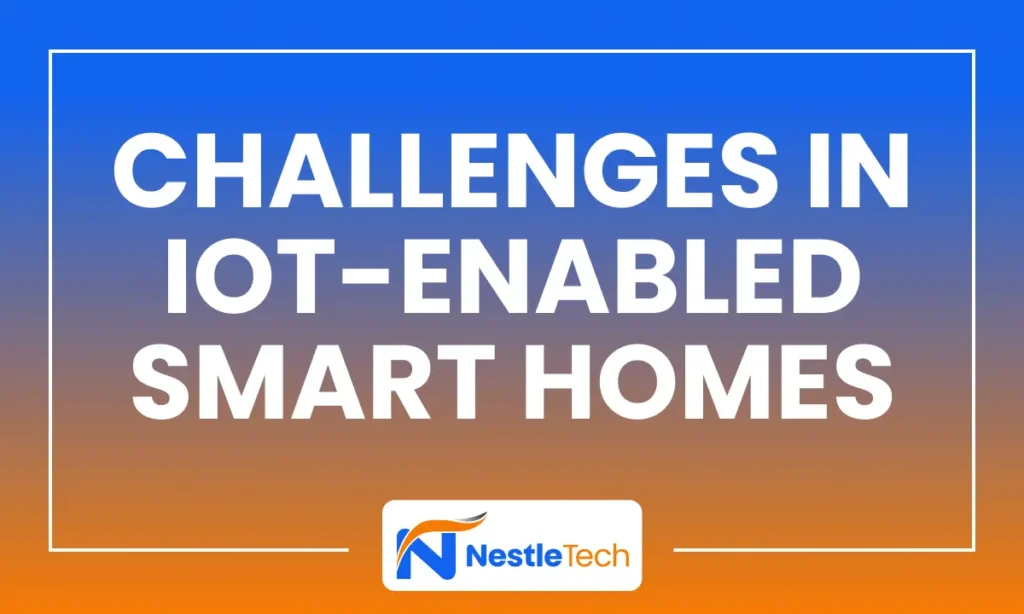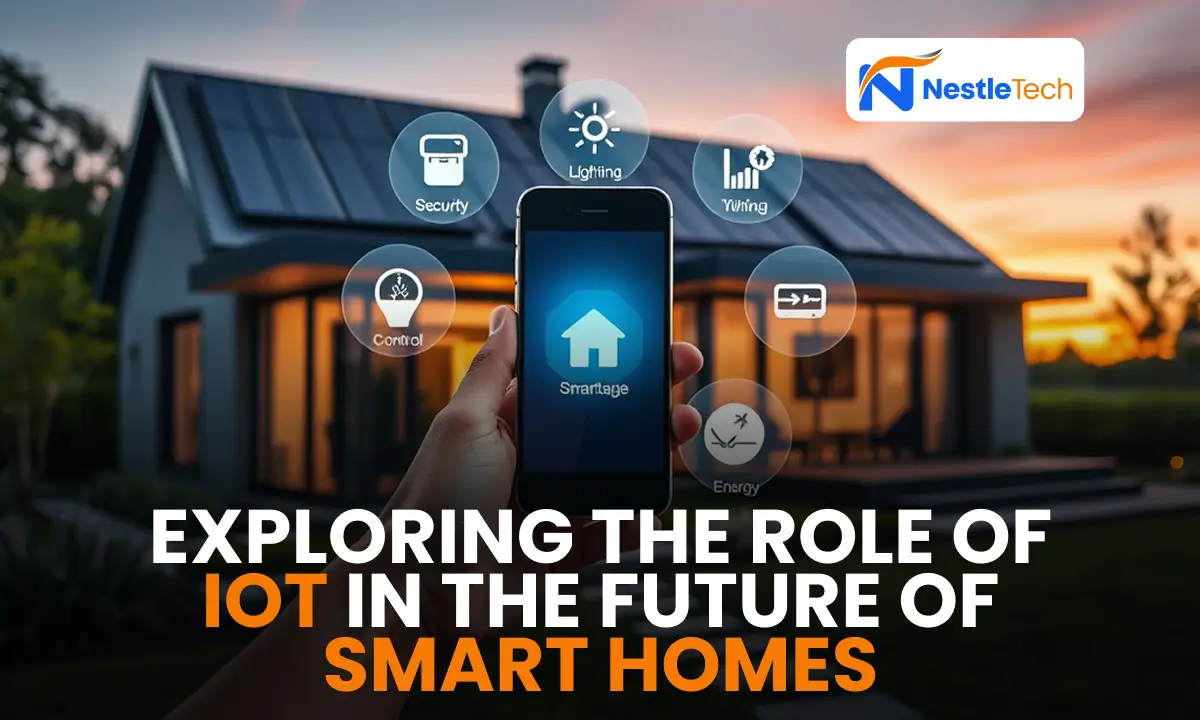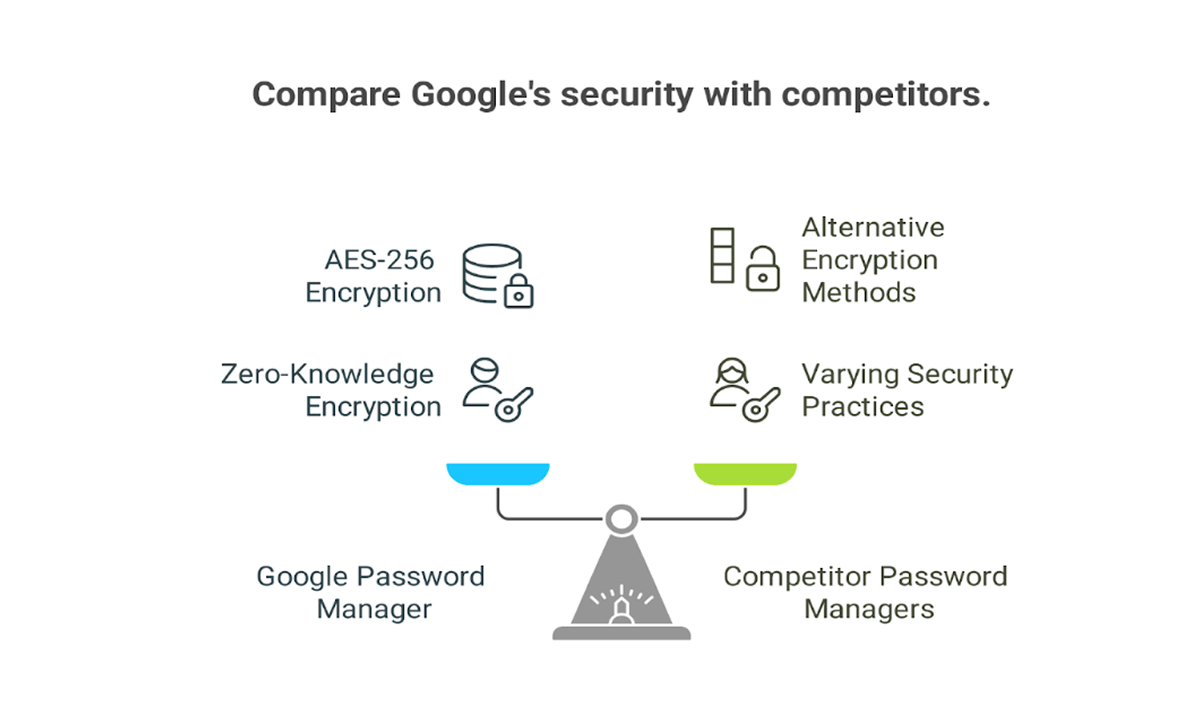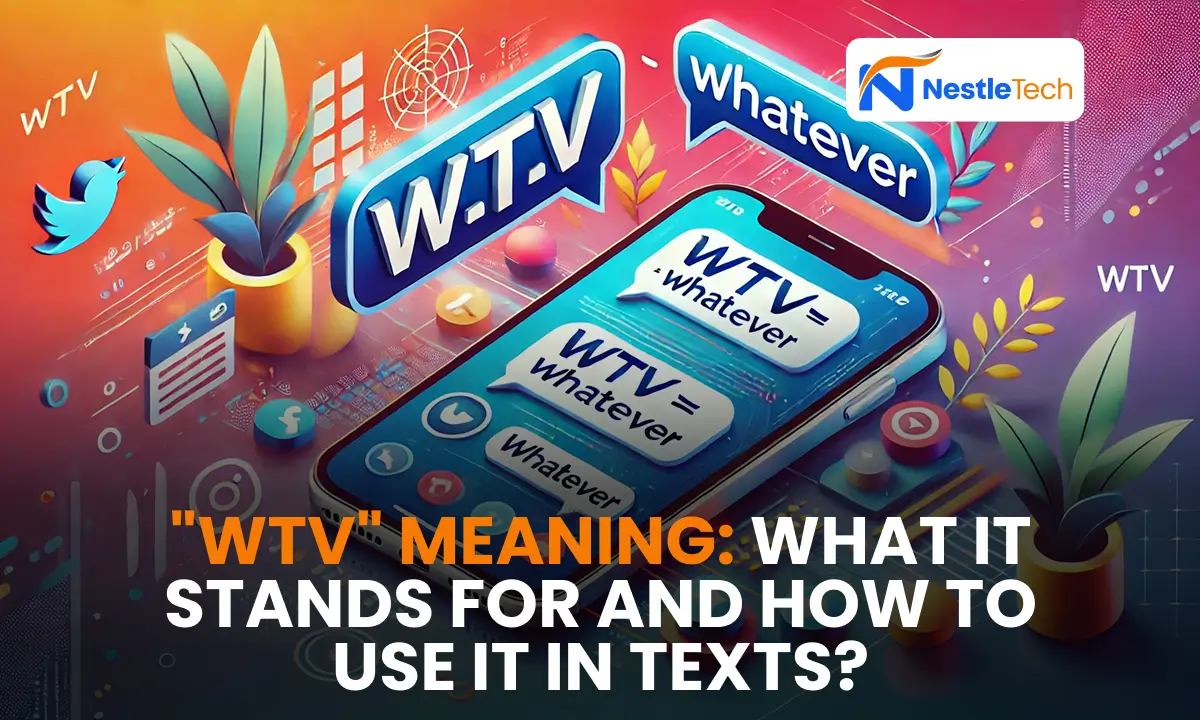The Internet of Things (IoT) is a foundation for technological progress because it stimulates improvements across healthcare services alongside manufacturing operations and urban development programs. Among all IoT integration domains, smart homes stand as the most powerful application area.
IoT continues to develop so it plays an increasingly vital role in improving residential living quality standards and security alongside energy use efficiency and convenience access. The article looks into IoT applications in intelligent home ecosystems while discussing their current capabilities and upcoming possibilities to change standard operational methods.
According to Consegic Business Intelligence, IoT Operating Systems Market size is estimated to reach over USD 9,227.05 Million by 2031 from a value of USD 1,621.45 Million in 2023 and is projected to grow by USD 1,986.21 Million in 2024, growing at a CAGR of 24.3% from 2024 to 2031.
Understanding IoT in Smart Homes

The Internet of Things represents interlinked devices combined with internet-connected systems that permit the transmission and storage of data. The IoT system in smart homes has various applications that include these:
- Home Automation: Home Automation consists of smart thermostats smart lighting systems and smart appliances which can be operated through remote control or self-programmed execution.
- Security and Surveillance: Perpetual security oversight becomes possible because IoT security components like cameras and sensors together with door mechanisms enable real-time tracking and remote control functions.
- Energy Management: AI-controllable devices paired with smart meters optimize energy use which leads to lower expenses along with reduced environmental damage.
- Health and Well-being: Wearable health devices alongside air quality detectors and smart medical warning systems enable residents to oversee their health better inside their houses.
The Benefits of IoT in Smart Homes

- Convenience and Efficiency: Through IoT technology, smart homes deliver convenience which has reached an unprecedented level of improvement. Users access control of their home lights and heating systems air conditioning and kitchen equipment control through single-device voice commands and mobile interface applications. Automated systems operate efficiently because of which manual efforts decrease and time management improves.
- Enhanced Security: The implementation of IoT-based surveillance systems made home protection systems substantially more advanced. The combination of built-in cameras and motion detection as well as Artificial Intelligence security technology delivers to homeowner’s tools to watch their property from any location. The instant alerts together with notifications help identify security threats so people can maintain enhanced safety in their homes.
- Energy Conservation: Among all IoT integration domains, smart homes stand as the most powerful application area. IoT continues to develop so it plays an increasingly vital role in improving residential living quality standards and security alongside energy use efficiency and convenience access. The research examines IoT applications in intelligent home ecosystems while discussing their current capabilities and upcoming possibilities to change standard operational methods.
- Improved Health and Safety: The Internet of Things (IoT) is a foundation for technological progress because it stimulates improvements across healthcare services alongside manufacturing operations and urban development programs.
Challenges in IoT-Enabled Smart Homes

Multiple barriers stand in the way of IoT’s complete success in smart homes despite its many advantages.
Privacy and Security Risks
The great storage capacity of IoT devices generates privacy and security-related concerns. Smart home system cyberattacks expose users to unauthorized control over their devices as well as personal data breaches and unauthorized data use. The protection of smart homes through encryption types alongside robust cybersecurity practices remains mandatory for risk reduction.
Interoperability Issues
The lack of standardized practices among IoT device producers continues to make all devices from different manufacturers function independently. Control mechanisms for various smart house devices work separately on unique operational frameworks and communication method frameworks which hinders unified interconnected operating systems. A complete smart home ecosystem requires standardized frameworks that must function across different platforms.
High Initial Costs
Smart home technology through IoT allows customers to save costs in the future but their upfront expenses on devices and infrastructure systems might be steep. Widespread smart home adoption faces challenges because of cost barriers which affect people in developing areas particularly.
Dependence on Internet Connectivity
The functionality of home appliances under the smart home category depends on a steady internet connection. The systems’ functionality becomes compromised when network disruptions occur or cyber threats emerge thus requiring backup measures and offline capabilities.
The Future of IoT in Smart Homes
The advancement of technology indicates positive changes for how IoT will operate in intelligent homes. Various technological developments together with modernized innovations will define the future style of smart living environments.
Integration with 5G Technology
5G network deployments will boost IoT functionality through improved and quick wireless connections. A faster and more secure real-time link between IoT smart devices will bring about more effective automation while creating smooth user encounters.
AI-Driven Personalization
Future smart homes will adopt AI methods to review user operational patterns in order to establish individualized experience models. Through AI-powered IoT solutions homes will develop enhanced capabilities to adjust environmental elements and provide personalized recommendations for diets based on monitored dietary patterns.
Increased Focus on Sustainability
The environment’s safeguard needs will propel the creation of green IoT system solutions. The establishment of sustainable smart homes depends heavily on the application of smart grids and solar-powered IoT devices together with water conservation technology.
Blockchain for Enhanced Security
Decentralized authentication features and data encryption provided through Blockchain technology solve security issues effectively. The integration of blockchain technology within smart homes backed by IoT equipment unlocks better privacy protection and resisting cyber threats.
Voice and Gesture Control
Computational programs employing natural language processing technology alongside computer vision techniques will result in highly advanced gesture and voice command capabilities. People who inhabit smart homes will experience enhanced user accessibility because natural interactions will become possible between residents and their smart home devices.
Smart Cities Integration
Smart homes are gaining popularity leading to better urban conditions when they merge with smart city infrastructure. Through IoT-enabled homes the communication between residences and public services as well as traffic systems and energy grids will achieve optimized resource distribution and enhanced city administration.
In a world of smart homes, FeedBuzzard makes it easy for businesses to reach customers, showcasing products that enhance their everyday living.
Conclusion
IoT revolutionizes how people will design their homes in the future. Through IoT, intelligent homes are changing modern living through their advancement of convenience and security and their achievement of energy efficiency and sustainability.
The successful implementation of IoT-based smart homes depends on overcoming three main obstacles which include improving security features resolving interoperability problems and reducing development expenses.
Modern intelligent homes will become increasingly connected and efficient through the constant technological advancement of AI 5G and blockchain systems. Homeowners and industries need to welcome emerging IoT innovations because they enable the complete realization of smart living potential.
Source: IoT Operating Systems
Author bio: I’m Saili, a content writer at Consegic Business Intelligence. With over 3 years of professional experience, I’ve specialized as a ghostwriter for prominent companies and industry publications, exploring various topics.



